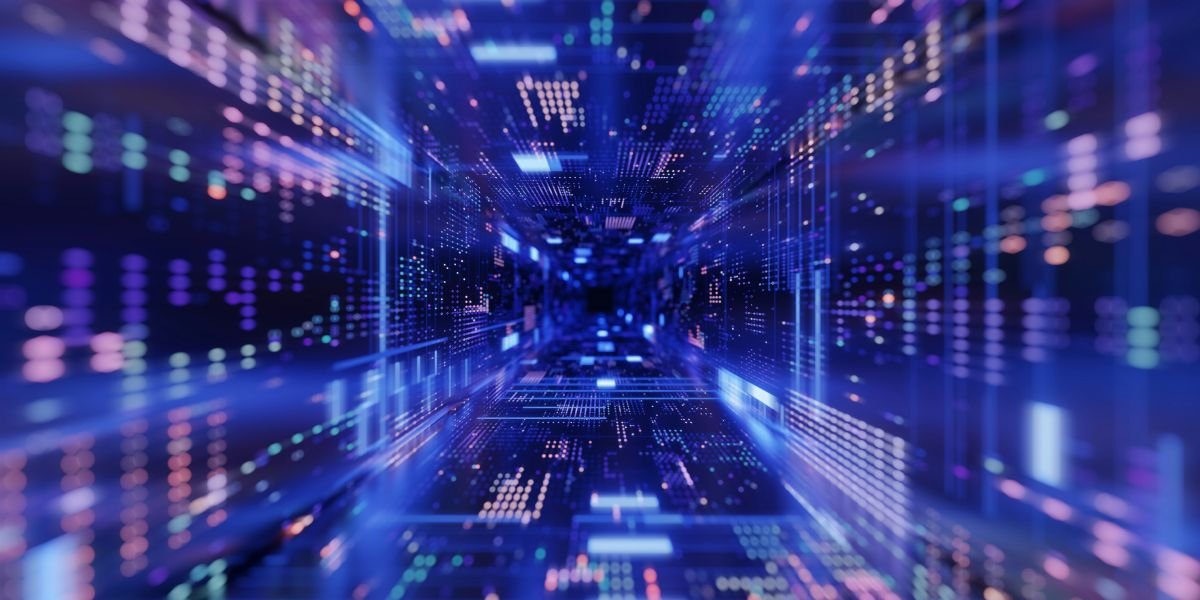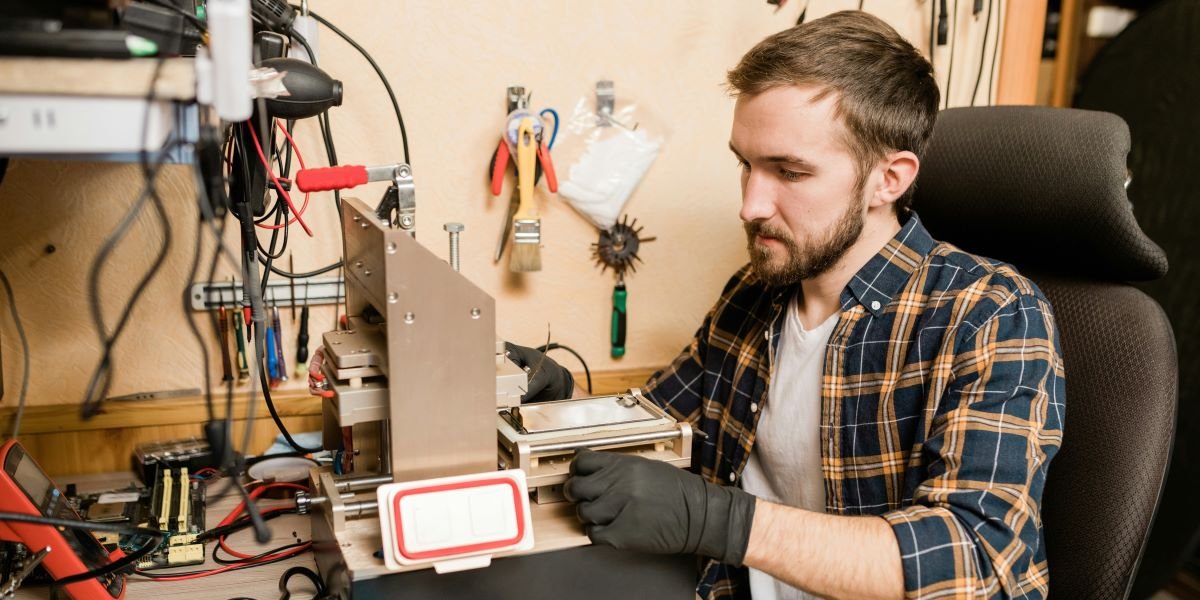That sluggish old computer gathering dust might have more potential than you think. Before resigning to expensive replacements, several simple adjustments can restore noticeable speed to aging machines. These practical solutions address the most common causes of slowdowns in older systems, from software clutter to hardware limitations. With some targeted optimizations, even computers that are several years old can regain enough performance for everyday tasks.
Read also: SSD or HDD: Choosing the Right Storage for Your Needs
Software Tweaks That Make a Real Difference
Decluttering the operating system often provides the quickest improvements. Unused programs running in the background consume precious memory and processing power. The control panel or settings menu reveals a list of installed applications—removing those no longer needed frees up resources. Built-in uninstallers sometimes leave behind residual files, making specialized removal tools worth considering for stubborn programs.
Startup programs significantly impact boot times and overall performance. Many applications configure themselves to launch automatically, creating unnecessary overhead. The task manager (Windows) or activity monitor (Mac) shows which programs start with the system. Disabling non-essential items like updaters or helper tools from auto-starting can dramatically improve responsiveness. Cloud storage apps and messaging platforms frequently hide in this category, consuming resources even when not actively used.
Hardware Upgrades That Offer the Most Bang for the Buck
Solid-state drives (SSDs) transform older computers more than any other single upgrade. Replacing traditional hard disk drives with SSDs provides near-instant improvements in boot times, application launches, and overall system responsiveness. Even entry-level SSDs outperform mechanical drives in real-world use. The upgrade process has become increasingly straightforward, with many laptops and desktops designed for user-friendly storage replacements. Data migration tools simplify transferring the operating system and files to the new drive.
Memory upgrades extend a computer’s useful life when done strategically. Systems struggling with multiple browser tabs or modern applications often suffer from insufficient RAM. Checking current memory usage during typical workloads reveals whether adding more would help. While there are limits to how much old processors can utilize, doubling from 4GB to 8GB or from 8GB to 16GB frequently provides noticeable improvements for multitasking. Compatibility research ensures purchasing the correct memory type for the specific machine.
Thermal paste renewal addresses an often-overlooked aspect of aging computers. The heat-conductive material between processors and their cooling systems degrades over years, causing thermal throttling that reduces performance. Reapplying quality thermal paste helps processors maintain optimal speeds under load. This maintenance task requires some technical confidence but can revive computers that have gradually slowed due to overheating issues.
Operating system optimization completes the performance picture. Lightweight Linux distributions offer alternatives for machines too old for current Windows or macOS versions. These streamlined operating systems provide modern security and features without demanding hardware requirements. For those preferring to stay with familiar systems, disabling visual effects like animations and transparency reduces graphical overhead. Adjusting power settings to favor performance over energy savings can also help, particularly on plugged-in desktops.
Browser choices significantly impact perceived speed on older hardware. Modern web browsers demand considerable resources, but lightweight alternatives exist. These streamlined browsers sacrifice some features for dramatically better performance on aging systems. Similarly, using mobile versions of websites or text-heavy modes reduces strain when browsing. Extensions that block resource-heavy ads and trackers further improve browsing speed.
Regular maintenance prevents gradual slowdowns from recurring. Disk cleanup utilities remove temporary files that accumulate over time. Scheduling regular defragmentation (for traditional hard drives) maintains optimal file organization. Checking for driver updates, particularly for graphics and chipset components, ensures hardware operates at full potential. These simple habits keep systems running smoothly after initial optimizations.
The psychological aspect of using older hardware matters too. Adjusting expectations and workflow to the computer’s capabilities reduces frustration. Focusing on single tasks rather than excessive multitasking plays to older systems’ strengths. Offloading storage to external drives or cloud services prevents mechanical hard drives from becoming overloaded. With reasonable expectations and these optimizations, many find their old computers remain perfectly adequate for years beyond typical replacement cycles.
While no amount of optimization can make decade-old hardware compete with modern systems, most aging computers have untapped potential. Strategic upgrades and thoughtful usage patterns often deliver enough improvement to postpone expensive replacements. For environmentally conscious users or those on tight budgets, these methods provide sustainable alternatives to constant hardware churn. The satisfaction of reviving old technology often outweighs the modest effort required—proving that with proper care, even older computers still have plenty to offer.










